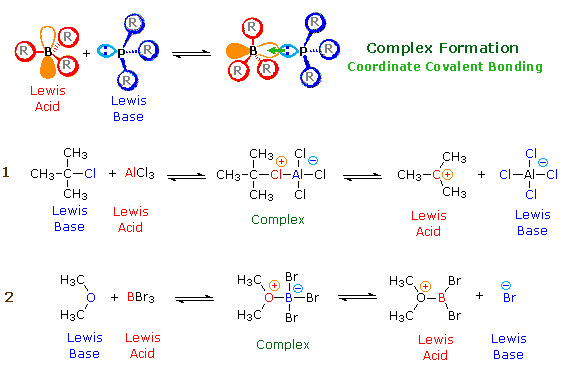


Catalysts do not change equilibria positions.Ĭhemical reactions are commonly written as equations:įirst, we identify four broad classes of reactions based solely on the structural change occurring in the reactant molecules. Catalysts are substances that accelerate the rate ( velocity ) of a chemical reaction without themselves being consumed or appearing as part of the reaction product. Reaction Conditions The environmental conditions, such as temperature, pressure, catalysts & solvent, under which a reaction progresses optimally.Product(s) The final form taken by the major reactant(s) of a reaction.The portion of a reagent that ends up being incorporated in the product may range from all to very little or none. It may be organic or inorganic small or large gas, liquid or solid. Changes in the structure of lignin and related changes in its chemical reactivity during alkaline wood pulping are assessed based on the comparison of the structures of lignin at three kinetically distinct stages of delignification: initial, bulk and final. Reagent: A common partner of the reactant in many chemical reactions.Most ( or all ) of the reactant molecule is normally incorporated as part of the product molecule. The reactant is often ( but not always ) the larger and more complex molecule in the reacting system. Main Chemical Structure and Reactivity: An Integrated Approach Chemical Structure and Reactivity: An Integrated Approach James Keeler, Peter Wothers 5.0 / 5. A methodology based on concepts that arose from Density Functional Theory (CDFT) was chosen for the calculation of global and local reactivity descriptors. Information Discipline: Bioorganic chemistry Final assessment: test Lecturer: PhD. Other compounds may also be involved, and common reactive partners ( reagents ) may be identified. General aspects of chemical structure and reactivity of organic compounds. Reactant or Substrate: The organic compound undergoing change in a chemical reaction.Chemical Reaction: A transformation resulting in a change of composition, constitution and/or configuration of a compound ( referred to as the reactant or substrate ).We begin by defining some basic terms that will be used frequently as this subject is elaborated. Now that we can recognize these actors ( compounds ), we turn to the roles they are inclined to play in the scientific drama staged by the multitude of chemical reactions that define organic chemistry. Organic chemistry encompasses a very large number of compounds (many millions), and our previous discussion and illustrations have focused on their structural characteristics.


 0 kommentar(er)
0 kommentar(er)
